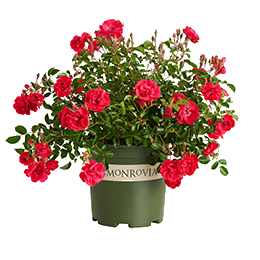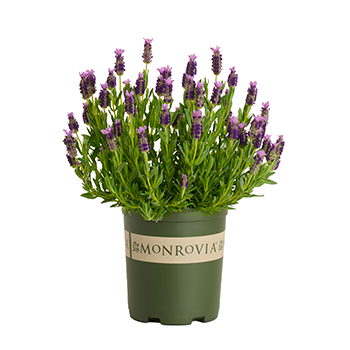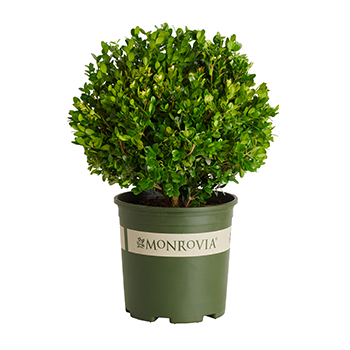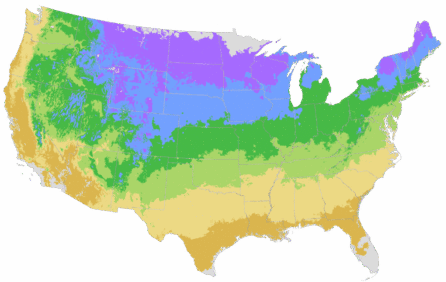You're growing in this Zip Code:
Change LocationDiscover Plants for Your Area
Foerster's Feather Reed Grass
Calamagrostis x acutiflora 'Karl Foerster'
Retailers Near You
No Retailers found within 100 miles of your zipcode
| Bloom Time | Late spring to summer, persists through fall. |
|---|---|
| Deciduous/Evergreen | Herbaceous |
| Special Features | Dramatic Foliage Color, Easy Care, Waterwise, Fast Growing |
| Problems/Solutions | Deer Resistant, Erosion Control, Black Walnut Tolerant |
| Growth Rate | Moderate |
| Growth Habit | Clumping |
| Landscape Use | Border |
| Design Ideas | This low growing ornamental grass is colorful and ever changing. With feathery flower spikes that emerge reddish-brown in spring and turn golden to buff in fall, it adds a lovely accent to naturalist, craftsman, or prarie gardens. Use as a vertical among low-growing plants or have a pair planted in distressed metal pots or bronzed urns for a minimalist look. Perfect near water gardens or terraced patios where the breeze causes the grass to sway gracefully. |
| Flower Color | Red |
| Foliage Color | Green |
| Companion Plants | Spirea (Spiraea); Potentilla (Potentilla); Shrub Rose (Rosa); Russian Sage (Perovskia); Aster (Aster) |
| Care Instructions | Thrives in rich, moist soils, but highly adaptable. Best foliage and plumes in full sun; benefits from part shade in hottest summer climates. Water deeply, regularly during first growing season to establish an extensive root system; tolerates dry spells when established. Cut to the ground in late winter just before new shoots appear. |
| History | Believed to be a natural hybrid of European and Asian natives Calamagrostis epigejos and C. arundinacea, this plant was discovered in the Hamburg Botanical Garden by noted German nurseryman, Karl Foerster, who listed it in has 1939 nursery catalog. It was noted in his 1950 garden book, The Use of Grasses and Ferns in the Garden. It was cultivated througout Europe until in 1964 when it was brought from Denmark into the U.S. Awarded 2001 Perennial Plant of the Year. |
| Bloom Time | Late spring to summer, persists through fall. |
|---|---|
| Deciduous/Evergreen | Herbaceous |
| Special Features | Dramatic Foliage Color, Easy Care, Waterwise, Fast Growing |
| Problems/Solutions | Deer Resistant, Erosion Control, Black Walnut Tolerant |
| Growth Rate | Moderate |
| Growth Habit | Clumping |
Retailers Near You
No Retailers found within 100 miles of your zipcode
Retailers Near You
No Retailers found within 100 miles of your zipcode
Buy Online
We cannot currently ship this product to your zip code.
About Us
We have been pioneers and craftsmen in the art of growing plants for nearly
100 years. Since our founding in Southern California by Harry E. Rosedale, Sr.
in 1926, we have been absolutely dedicated and obsessed with quality.
We have been pioneers and craftsmen in the art of growing plants for nearly 100 years. Since our founding in Southern California by Harry E. Rosedale, Sr. in 1926, we have been absolutely dedicated and obsessed with quality.











